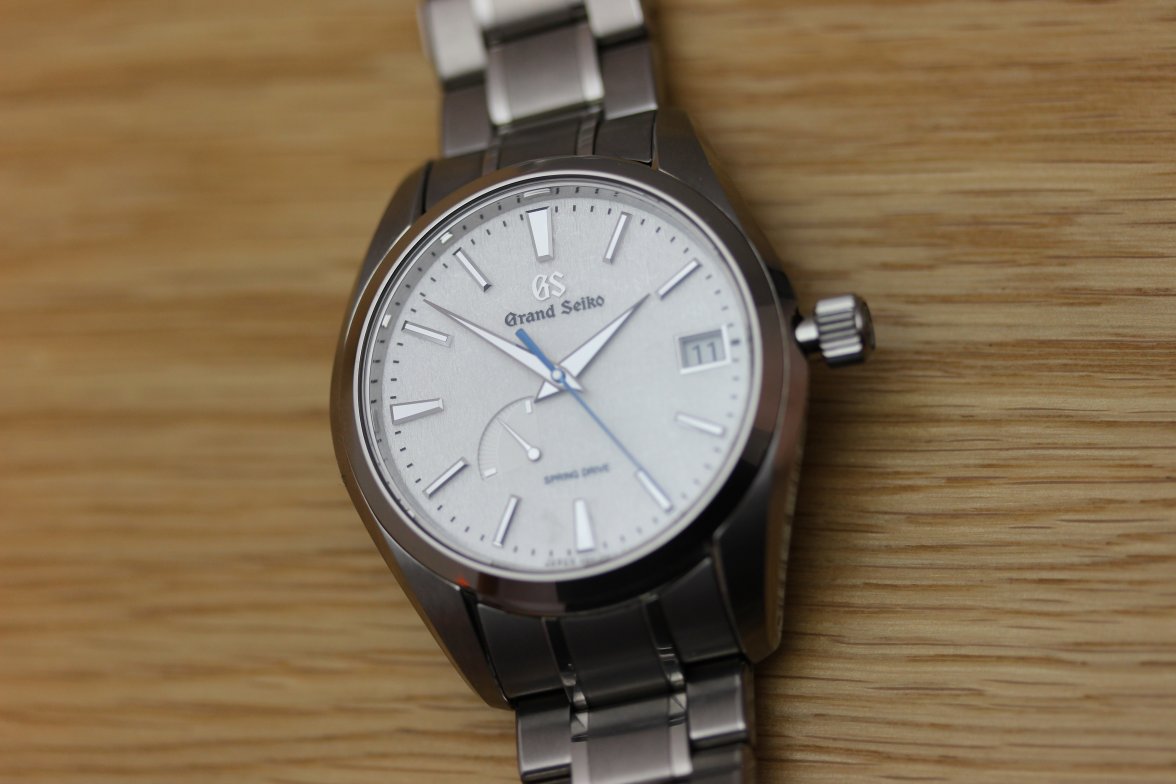
When I ran it through combine zm like I always do for all photo stacks, I got some very disturbing errors.

It was the head of a hoverfly glued to the head of needle at a relatively high magnification (~5:1). I got zerene because of a test I was doing of some optics. I personally have combine ZM and now recently Zerene stacker, the latter considered the best among them.
ZERENE STACKER VS HELICON FOCUS SOFTWARE
sometimes combining 200+ images into one.Įxamples of such software are helicon focus, combine ZM (freeware), combine ZP (freeware), Zerene stacker, etc. As you get higher in magnification, or require higher IQ more frames are needed resulting in massive macro rigs consisting of micrometers, linear stages, etc. BUT, there are programs that will stack the images for us easing the pain. Some are patient/skilled enough to combine the images in photoshop but I quite simply am not. My personal best is ~20 ( Phidippus adumbratus | Flickr - Photo Sharing!). Handheld, it takes a lot of practice to get usable results, and even than there is a limit an individual can do.

This is exceptionally difficult however, as you must not move much if at all left/right between images or up/down: You can only move forward/backward. Than you combine them later to form an image with acceptable depth of field.

Me being the IQ freak I am searched for a solution, and found it in the form of photo stacking Basically, what this allows you to do is take multiple images with larger F-stops moving incrementally forward/backward to increase sharpness and resolution. If you try stopping down more to compensate diffraction takes hold softening your images. As you increase the magnification the DOF decreases. The latter 2 have always been a problem for people like me who shoot above 1:1 quite a lot. Macro photography as some of you may know is a very trying form of photography, where natural laws take hold making our lives VERY difficult Examples of this would be the massive light loss as you increase magnification, shallow DOF, and of course the biggie: diffraction.


 0 kommentar(er)
0 kommentar(er)
